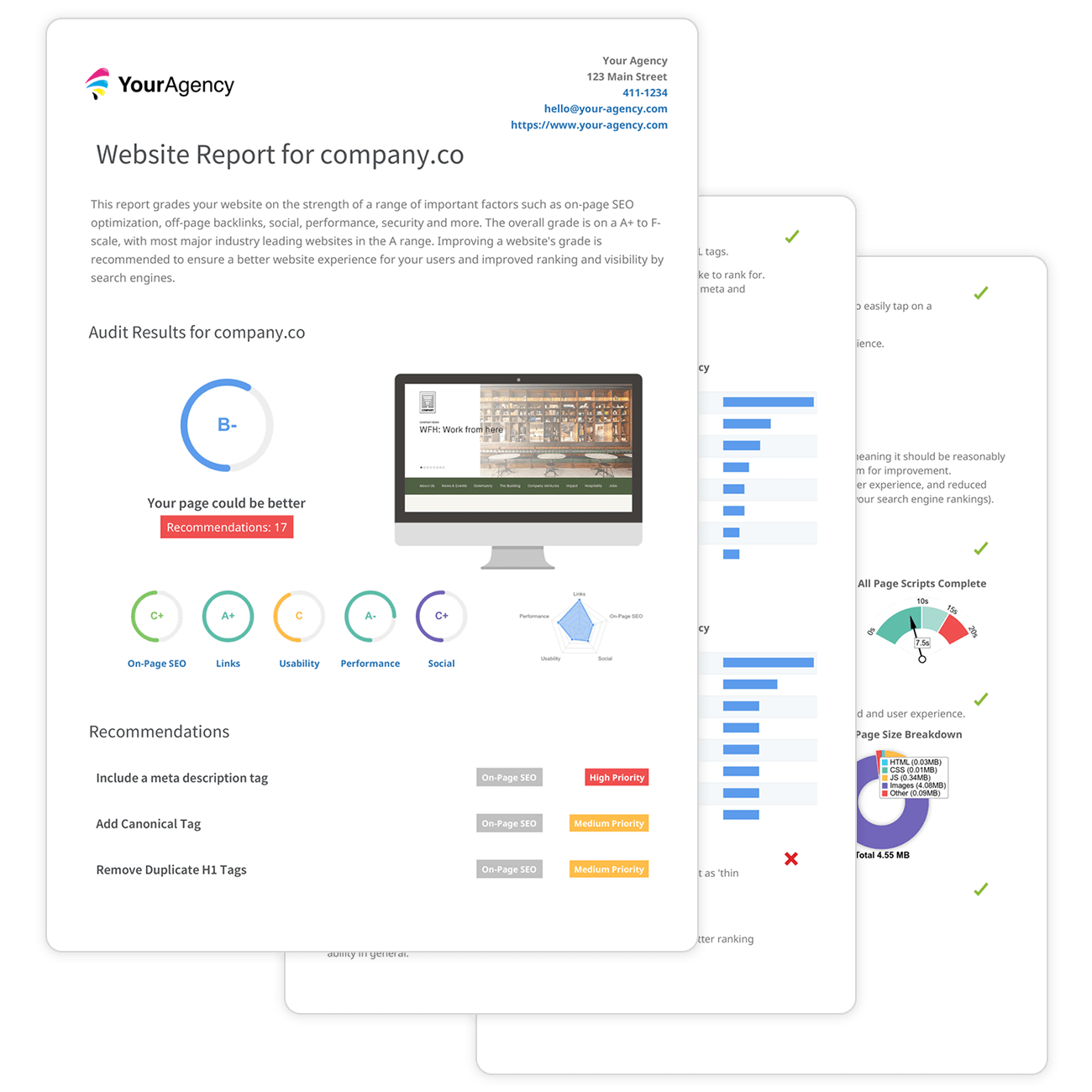A Detailed Look at What Is Ruled Out a Default Medium in Google Analytics
A Detailed Look at What Is Ruled Out a Default Medium in Google Analytics
Blog Article
Revealing the Unconventional Mediums in Google Analytics Beyond Default Setups
In the realm of digital analytics, Google Analytics stands as a keystone for companies seeking to understand their online visibility. By venturing past the surface area and delving into the intricacies of social media data, e-mail project performance, recommendation website traffic resources, straight traffic patterns, and custom channel collections, a prize chest of info awaits those willing to accept a more nuanced strategy.

Leveraging Social Media Site Insights
Occasionally ignored, yet greatly beneficial, is the practice of leveraging social media understandings within the realm of Google Analytics. By incorporating data from platforms like Facebook, Twitter, Instagram, and LinkedIn into Google Analytics, services can gain a deeper understanding of their audience and the performance of their social networks campaigns.
Through this combination, marketing experts can track and evaluate individual behavior on their internet site that stems from social media platforms. They can identify which social networks channels are driving one of the most traffic, which material is resonating with the audience, and which projects are transforming the most leads. This insight enables for data-driven choices to enhance social media strategies and boost general advertising performance.
Furthermore, by incorporating social media understandings with Google Analytics, organizations can create a lot more targeted and customized projects - what is not considered a default medium in google analytics. They can make use of group info, passions, and online habits gathered from social networks to fine-tune their audience segmentation and supply tailored messages that resonate with specific client teams. This targeted technique can lead to greater involvement, boosted conversions, and ultimately, improved roi
Uncovering Email Campaign Performance
Revealing Email Project Performance involves examining key metrics and performance signs to examine the efficiency of e-mail advertising and marketing initiatives. When diving into e-mail project performance, it is crucial to examine metrics such as open prices, click-through rates, conversion prices, and unsubscribe rates. Open prices suggest the percent of receivers who opened up the e-mail, offering understanding right into the performance of subject lines and sender names. Click-through prices gauge the percentage of receivers who clicked on web links within the email, revealing interaction levels. Conversion prices track the percentage of recipients who completed a preferred activity after clicking on a link in the e-mail, such as buying or signing up for a newsletter. Unsubscribe rates highlight the number of receivers who chose out of receiving more e-mails, dropping light on e-mail material high quality and importance. By examining these metrics, marketing experts can fine-tune their e-mail campaigns for much better interaction and performance.
Studying Referral Website Traffic Resources
After examining the efficiency of e-mail campaigns through vital metrics such as open prices and conversion rates, the following essential action is evaluating recommendation website traffic sources in Google Analytics to understand where website site visitors are coming from and how they engage with the website. Reference website traffic resources describe the web sites that guide customers to your website with clickable web links. By delving right into this information, organizations can acquire insights into which external platforms are driving website traffic to their site, whether it be social media platforms, companion web click to investigate sites, or on-line directories.
Analyzing referral traffic can supply useful info on the performance of exterior advertising and marketing initiatives and collaborations. It helps companies identify high-performing recommendation resources that add considerably to internet site web traffic and conversions. By recognizing the habits of site visitors coming from different referral sources, businesses can tailor their advertising and marketing techniques to enhance engagement and conversions. Google Analytics provides detailed records on reference web traffic, enabling organizations to track the efficiency of each referral resource properly and make data-driven choices to improve their on-line visibility.
Exploring Direct Website Traffic Patterns
Exploring the straight website traffic patterns in Google Analytics gives useful understandings into user habits and the performance of campaigns - what is not considered a default medium in google analytics. Straight traffic refers to visitors who arrive at a site by directly keying the link into their web browser, utilizing book markings, or clicking on untagged links. Recognizing straight web traffic patterns can assist marketing click here to read experts review the effect of offline advertising initiatives, brand name recognition, and the performance of word-of-mouth recommendations
By diving into direct traffic data, services can reveal essential details concerning user intent and brand commitment. Assessing the actions of straight visitors, such as the web pages they go to, the moment invested in site, and the conversion price, can give a much deeper understanding of individual interaction and the total effectiveness of the internet site in transforming visitors into consumers.
In addition, tracking direct web traffic patterns gradually enables businesses to identify trends, seasonality impacts, and the success of specific projects or promos in driving direct brows through. This details can after that be used to fine-tune advertising and marketing methods, maximize website material, and boost the overall customer experience to take full advantage of conversions.
Utilizing Custom-made Network Groupings
Utilizing custom network collections in Google Analytics enables businesses to categorize and evaluate their internet site web traffic based upon certain standards, providing important understandings for maximizing marketing techniques. Personalized network groups enable firms to create their very own personalized collections of web traffic resources, such as social media sites, organic search, e-mail projects, and recommendation website traffic. By defining these groupings, companies can obtain a much deeper understanding of just how different advertising channels contribute to their internet site traffic and conversions.
This feature is particularly valuable for services with varied advertising strategies across different systems. A firm running both paid and organic social media campaigns can set apart Continue between the two to assess their specific performance precisely. Furthermore, custom network collections can aid determine any forgotten or taken too lightly website traffic resources that might be driving useful interaction.
Verdict

By venturing beyond the surface and diving into the intricacies of social media data, e-mail project efficiency, referral traffic sources, direct web traffic patterns, and custom channel groups, a treasure trove of details awaits those willing to embrace a much more nuanced approach. They can determine which social media networks are driving the most traffic, which content is reverberating with the audience, and which campaigns are transforming the most leads.After evaluating the performance of email projects via vital metrics such as open rates and conversion prices, the following essential step is evaluating recommendation web traffic resources in Google Analytics to understand where web site visitors are coming from and exactly how they engage with the website. Personalized channel groups make it possible for firms to produce their own customized groups of web traffic sources, such as social media, natural search, e-mail campaigns, and recommendation website traffic. By leveraging social media understandings, uncovering e-mail project performance, analyzing referral website traffic sources, checking out direct traffic patterns, and making use of custom-made channel groups, marketing experts can get useful understandings right into their online existence.
Report this page